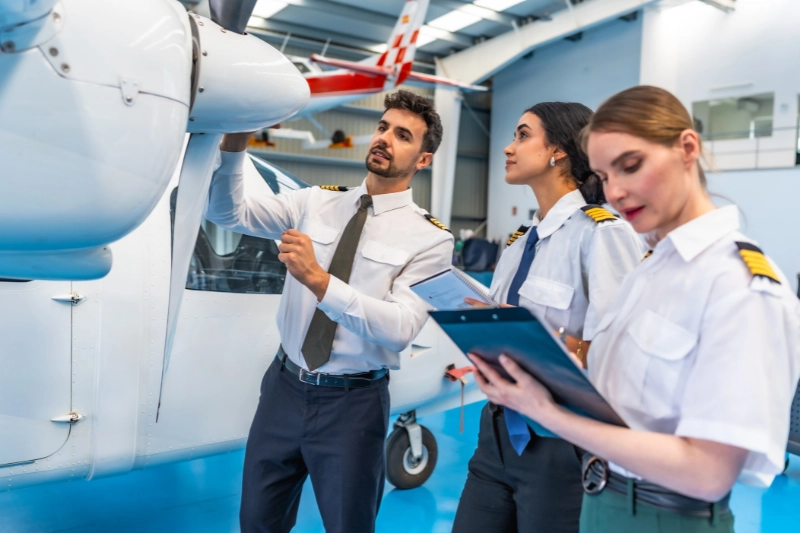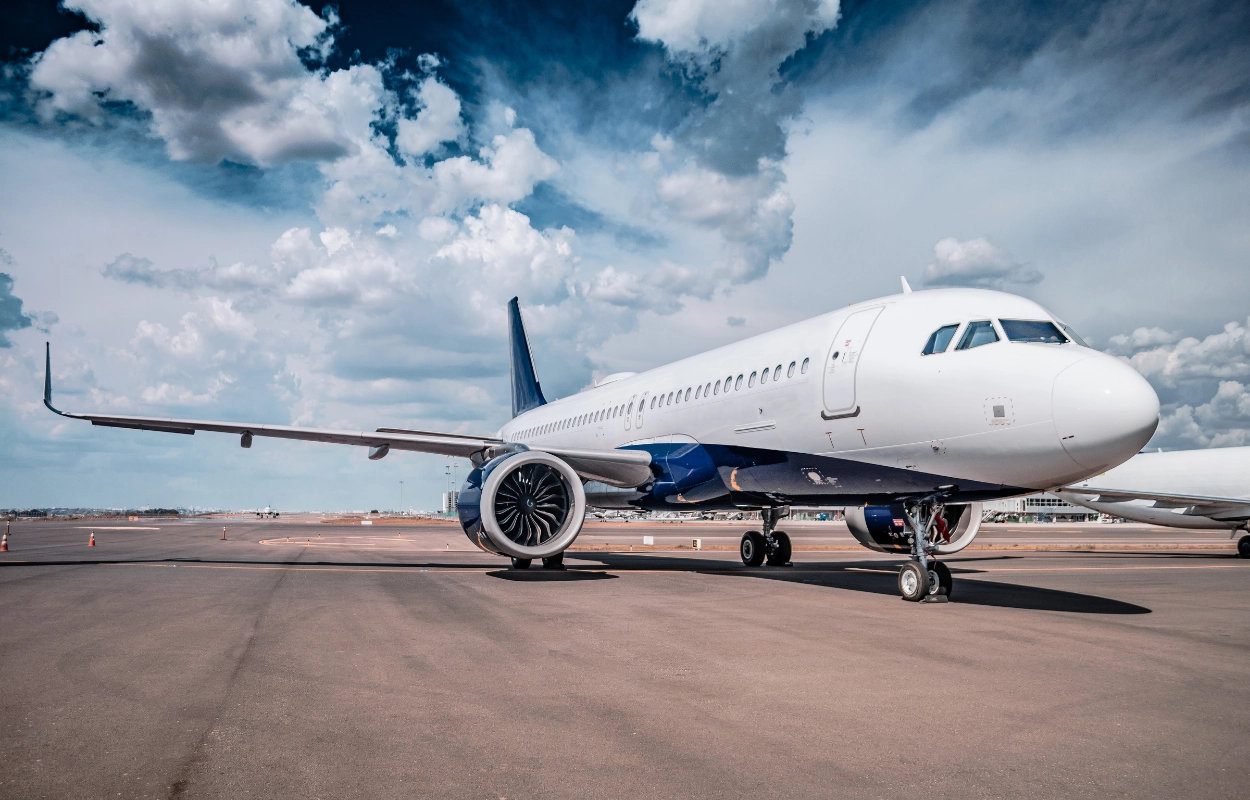The aviation industry is fast-moving, complex, and heavily regulated. Every detail matters, from flight operations to safety checks. Yet many aviation companies still see HR technology as just another tool for managing paperwork. This simple misunderstanding often leads to big problems, such as poor communication, compliance mistakes, and shortages of staff. To be able to succeed, aviation companies need HR systems that fit the unique challenges of their world, not a one-size-fits-all solution.
Where Aviation Companies Go Wrong with HR Technology
Even well-established aviation companies can run into trouble when their HR systems don’t keep up with how the industry works. The mistakes might seem small at first, but they can grow into major issues that affect safety, compliance, and employee satisfaction. Here are the most common problems and why they happen.
1. Using HR Systems That Aren’t Built for Aviation
Many aviation companies use generic HR software meant for office environments. But aviation HR is very different. It involves managing pilot licences, flight hours, training schedules, crew rotations, and medical records, all under strict rules and timelines. Standard HR systems are not built for this level of complexity. The result is endless spreadsheets, manual tracking, and a higher risk of errors. What aviation companies really need is HR technology made for their specific operations.
2. Ignoring the Growing Workforce Challenge
The aviation industry is expanding quickly, but skilled professionals are in short supply. Over the next decade, aviation companies will need more than 1.4 million new employees, including pilots, engineers, and maintenance staff. Yet around 60% of HR teams say finding qualified people is already difficult. Without the right technology to handle recruitment, training, and retention, these challenges will only grow.
3. Thinking HR Tech Is Only About Cutting Costs
It’s easy to see HR software as just another way to save money. But smart companies know that HR technology does much more than reduce paperwork. It can make onboarding faster, help crews stay compliant, and improve communication between departments. Most importantly, it supports employees, the people who keep every aircraft flying safely. When companies see HR tech as an investment rather than a cost, the return is stronger performance across the board.
4. Not Linking HR Systems with Daily Operations
In aviation, HR doesn’t stand alone. Crew scheduling, payroll, training, and compliance all connect with HR data. When systems don’t talk to each other, it leads to delays, confusion, and extra work. For example, a missing licence update in HR records can ground an entire crew. Integrated HR technology solves this problem by ensuring all departments work from the same, accurate information.
5. Falling Behind on Digital Transformation
Today’s aviation professionals expect digital solutions that are fast, simple, and mobile-friendly. They want to check their schedules, renew licences, and access payslips from their phones, not deal with paper forms and outdated systems. Yet many aviation companies still rely on manual processes that waste time and frustrate staff. Modernising HR isn’t a luxury anymore; it’s a necessity to attract and keep the best people.

How Aviation Companies Can Get HR Technology Right
Getting HR technology right isn’t just about buying new software. It’s about connecting people, processes, and information so that everyone works more efficiently. Aviation companies that take this approach can turn HR into a real strength instead of a daily struggle. Here’s how to start.
1. Work with Aviation HR Specialists
Generic HR systems might work for other industries, but aviation companies need something more specialised. Working with a partner who understands aviation ensures the technology fits real needs, from pilot scheduling to international payroll. A company like Aeroates focuses specifically on aviation HR, offering tools and services that simplify HR compliance, improve accuracy, and save time.
2. Automate Compliance and Licence Tracking
Regulations are a constant part of aviation, and missing a deadline can have serious consequences. HR systems should automatically track certifications, training, and medical checks, and send alerts before anything expires. Automation removes human error and gives companies peace of mind that their crews are always qualified to fly.
3. Connect Every Step of the Employee Journey
From recruitment to retirement, HR should be one smooth process. When data flows automatically from hiring to onboarding, training, scheduling, and payroll, HR teams can focus on people instead of paperwork. This connected approach also helps employees feel supported and valued, which improves retention and performance.
4. Build Flexibility and Scalability
The aviation business changes constantly with new routes, seasonal demand, and global operations. HR systems must be able to grow and adjust quickly. Flexible software lets aviation companies manage full-time, part-time, and contract staff across different locations and currencies. It ensures that no matter how fast things change, HR can keep up.
5. Improve Employee Experience
A good HR system makes life easier for employees. It allows them to update details, check schedules, or request leave from anywhere. When staff feel empowered and informed, they’re happier and more engaged. In aviation, that translates to better teamwork, smoother operations, and fewer last-minute problems.
6. Use Data to Make Better Decisions
Modern HR platforms collect valuable data that can guide smart decisions. They can show patterns in turnover, training needs, and workforce gaps before they become serious issues. For aviation companies, this kind of insight can mean better planning, stronger compliance, and safer, more reliable operations.
Why Aeroates Is the Right HR Partner for Aviation Companies
Aeroates understands the challenges aviation companies face, from managing international crews to meeting strict regulatory standards. The company offers end-to-end HR solutions, including recruitment, payroll, compliance tracking, and digital workforce management. What makes Aeroates different is its focus on aviation-specific needs. Its technology is built for flexibility, accuracy, and ease of use, helping aviation companies save time and reduce risk.
By partnering with Aeroates, aviation companies can simplify HR processes, improve compliance, and give their teams a smoother experience. It’s a partnership that helps businesses stay focused on what matters most: safe, efficient, and reliable operations.
The Future of HR Technology for Aviation Companies
For aviation companies, modern HR technology isn’t just a nice-to-have. It’s essential for long-term success. The industry is facing tighter regulations, growing talent shortages, and higher employee expectations than ever before. Outdated systems can’t keep up with that pace.
By investing in HR solutions designed for aviation, companies can stay compliant, support their teams better, and make smarter business decisions. With the right partner like Aeroates, HR can evolve from an administrative task into a true strategic advantage that helps aviation companies grow stronger and stay ahead.
